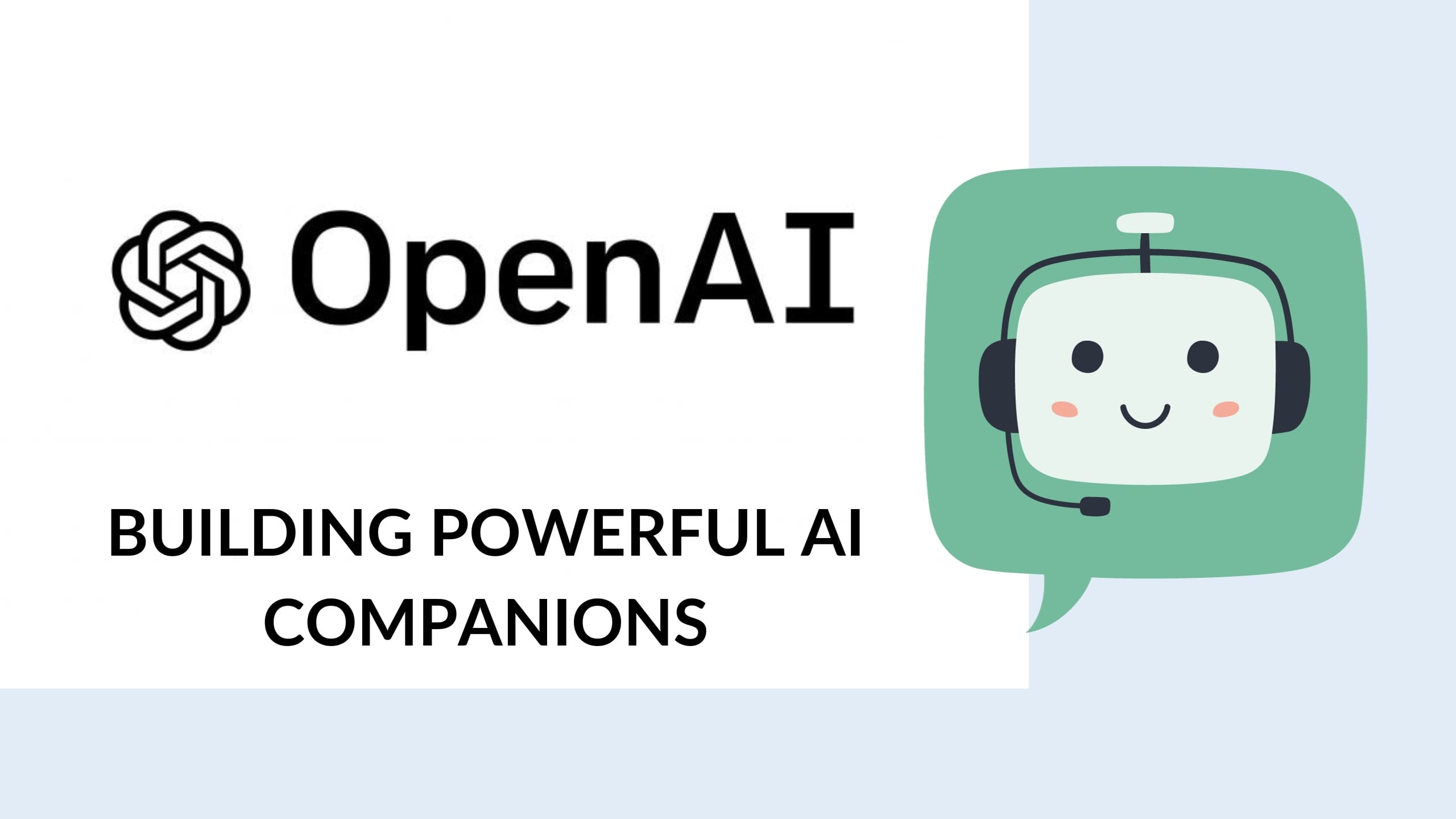Empower Your Apps with OpenAI Assistants API: Building Powerful AI Companions
- AI Image Generators Software AI Writing Assistant Popular Tools AI Tools


Empower Your Apps with OpenAI Assistants API: Building Powerful AI Companions
In today’s dynamic tech landscape, OpenAI introduces the Assistants API Beta, unlocking the potential for developers to craft intelligent AI companions for their applications. This article is your comprehensive guide to navigating this groundbreaking API and leveraging its capabilities to enhance user experiences.
Understanding Assistants API Beta
The Assistants API empowers developers to construct AI-driven assistants seamlessly integrated into their applications. Currently supporting three essential tools—Code Interpreter, Retrieval, and Function calling—it promises a versatile foundation for building intelligent applications. The roadmap includes the release of more tools, fostering creativity and customization.
Integration Workflow
Embark on a journey of integration with a straightforward workflow:
- Create an Assistant: Define the personality and functionality of your AI companion by selecting a model, setting instructions, and enabling tools.
- Initiate a Thread: Kickstart user conversations by creating Threads. Threads manage message history and provide context for the Assistant.
- Run the Assistant: Activate responses by running the Assistant on the Thread, seamlessly invoking the relevant tools for a tailored user experience.
Building Your AI Companion
Let’s delve into the key steps for creating an Assistant, focusing on the Code Interpreter tool:
Step 1: Create an Assistant
The initial step involves configuring your Assistant. Utilize OpenAI’s Python SDK to define behavior, specify the model (GPT-3.5 or GPT-4), and enable tools like Code Interpreter or Retrieval. This customization allows you to create a personalized AI companion with specific instructions.
Step 2: Initiate a Thread
Enhance user interactions by creating Threads. These not only capture user-specific context but also optimize conversations by managing message history, ensuring contextual relevance, and avoiding unnecessary data truncation.
Step 3: Add a Message
Engage users by adding Messages to Threads. This step lays the foundation for meaningful interactions, allowing users to pose questions and seek assistance.
Step 4: Run the Assistant
Execute the Assistant to dynamically respond to user inputs. Tailor the experience by providing additional instructions for a more personalized touch.
Step 5: Display the Response
Retrieve and display the Assistant’s responses. Gain insights into the inner workings and tools used to address user queries.Beta and Beyond
While the Assistants API is currently in beta, the development team actively works on adding more functionalities. Join the Developer Forum to share your feedback and be part of shaping the future of this transformative API.
Ready to empower your apps with AI companions? Dive into the possibilities with the OpenAI Assistants API today!
Relevant Links:
- OpenAI Assistants API on Product Hunt
- Assistants API Documentation
- Watch the Assistants API in Action





